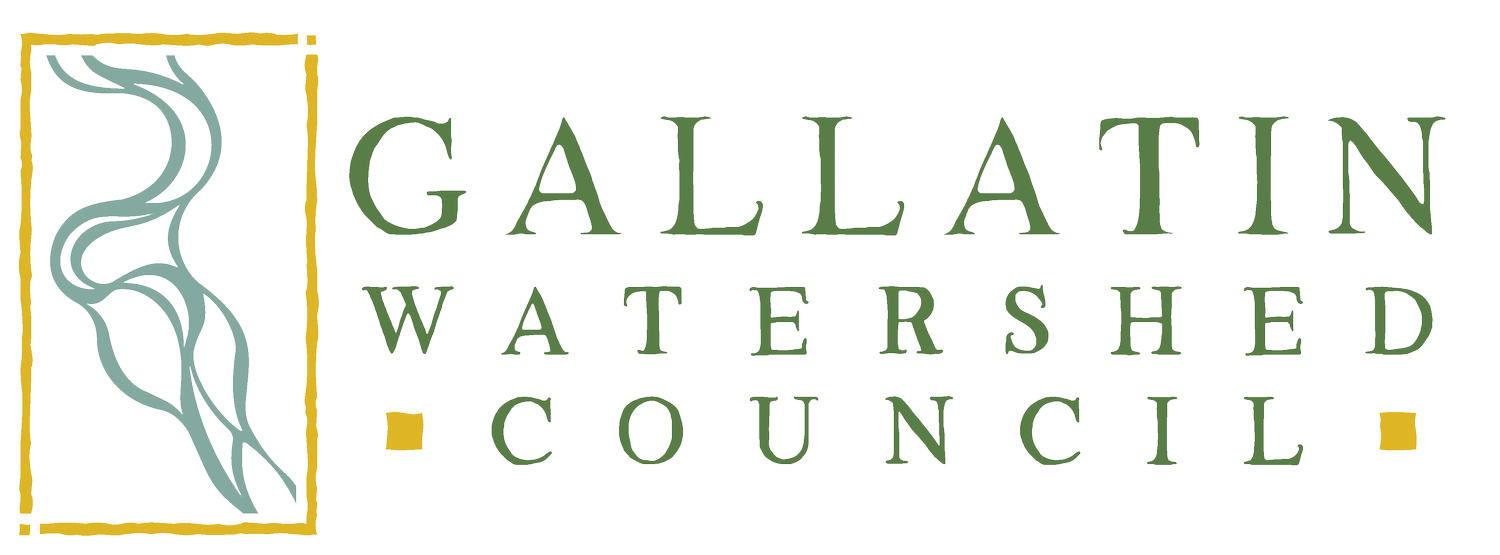Healing a watershed after a fire
By Lilly McLane
As cooler weather sets in and the first snows descend on the Bridgers, I am thankful for clear skies and crisp, clean air. But drought, smoke, and wildfire are still on my mind as I take time to reflect on a year of work as the restoration director for the Gallatin Watershed Council, and our organization’s efforts to help with natural resource recovery after the Bridger Foothills fire.
On Sept. 4, 2020, a smoldering lightning strike was fanned to flame, and as the winds picked up the flame quickly became uncontrollable, charging upslope, billowing across the eastern flank of the Bridger Mountains. The Bridger Foothills fire consumed over 8,000 acres and 68 structures. Eighty-three percent of its path was on private land, and dozens of landowners were impacted, all with different lives and circumstances.
I recently visited some of the landowners impacted by the fire and had the privilege of hearing their stories. It was a Friday when normally I would be stuck in the office, but instead I found myself on the slopes of the Bridgers, standing among blackened tree trunks and new saplings, hugging a woman I had just met. Her husband had died months before the fire, and he had been the one that did things like cutting up a fallen tree or fixing the siding. Now we stood next to the freshly poured foundation of her new home and laughed at how picking out light switch covers felt impossible and silly, not to mention grass seed mixes and tree species.
I am always thinking about the links between land and water. If a fire burns hot and long enough, it can cause extensive damage to the soils, where tree roots are burned back deep into the ground, the microbial community gets totally wiped out, and nutrients and organic matter are vaporized. Sometimes the soils can even become hydrophobic, and the water is repelled instead of absorbed. When there are no trees or shrubs or grasses to drink up water or slow it down, rain and snow melt run unchecked as a muddy slurry into the nearest creek. After that comes the weeds.
When a fire burns across Forest Service land, there is a practiced response at the ready: knowledgeable specialists and procedures developed over decades of experience to assess risk and prescribe natural resource recovery treatments. When a fire burns across a patchwork of private land, it is a different story. Or really, it is a lot of different stories, all with their own characters, plots, and timelines. Thanks to financial support from our community, the Greater Gallatin United Way, and the One Valley Community Foundation, we were able to direct portions of the Bridger Fire Relief Fund to natural resource needs and restoration.
We collaborated with the Gallatin County Weed District, the Department of Natural Resources and Conservation, MSU Extension, Forest Service, Natural Resources Conservation Service, and the Gallatin Conservation District. Together we worked to allocate our collective capacity, funding, and knowledge to help folks combat erosion and weeds. We stitched together grants, donations, and information to delay grazing, spread the right seed mixes, pick out saplings, identify and spray noxious weeds, and install erosion control treatments in the most susceptible burn areas.
It’s our hope that, together, we helped to create a healthier and more resilient landscape in the wake of the Bridger Foothills Fire. And the work is not finished. This story of collaboration has another chapter — another season. We are looking ahead, taking these experiences and this time of reflection to work with our partners, to do what we can to prevent mega-fires and protect our rivers and streams into the future.



